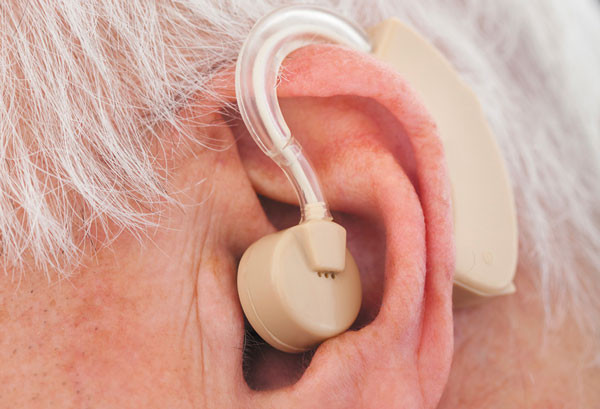Are you facing trouble in hearing? If yes, then I would suggest you not neglect the signs. Hearing problems, if ignored, can lead to permanent hearing loss. Ears can get damaged due to exposure to high noise levels, excessive earphones or headphones, and working with noise-creating machines. If you suspect hearing loss, here are some steps that you must consider
Visit an Audiologist
If you speculate a problem with your ears, do not wander here and there for solutions. Visit an audiologist for evaluation and proper medication.
Getting Medical Clearance
You must either get written clearance from your doctor or a signed waiver. Visit your doctor and get medical approval before being fitted with a hearing aid. Medical clearance is required because it is essential to determine whether you need a hearing aid or surgery.

Receive a Hearing Needs Assessment
It is completed by your audiologist, who will advise you what type of hearing aid is suitable for your ears – a hearing aid that is most appropriate for your communication needs, lifestyle, and budget. Your audiologist will also guide you about the correct usage and caring tips for your hearing aid. He will guide you about how to use it with other communication strategies for better contentment.
Let’s have a look at different types of hearing available aids
1) In the Ear (ITE) –
They are worn within the ear and are custom fit. Audiologists generally recommend these types of aids to older patients with manual dexterity problems like arthritis. People with cosmetic concerns can opt for a trim fit in the Canal ITE.
2) Behind the Ear (BTE) –
They can be used for a wide range of hearing loss, extending from mild to severe. Moreover, BTE fits behind your outer ear, and the tubing routes the sound in the ear canal through an ear mold.
3) Open Fit Miniature-
It is an updated version of BTE with a soft tube coupled to an ultra-thin line to fit in the ear. Therefore, they also amplify the sound.
4) Receiver in the Canal-
This style also uses miniature BTE where a speaker is built into the apex of the ear instead of the main body of the hearing aid. Being an open-fit design, RIC is more cosmetically appealing. Each of the hearing aids mentioned above contains a microchip to help you differentiate between speeches from background attenuation. All of these come in various sizes, designs, and colors.
How have hearing aids improved with time?
With the advancement in technology, improved versions of microchips are available with enhanced signal-processing capabilities for hearing aids. With time, microchips are becoming better at extracting speech from background noise due to fast processing. Easy and better tuning of conversation that you want to hear is possible with them. You can find hearing aids that can be directly connected to your smartphones for more effortless telephone conversations.
